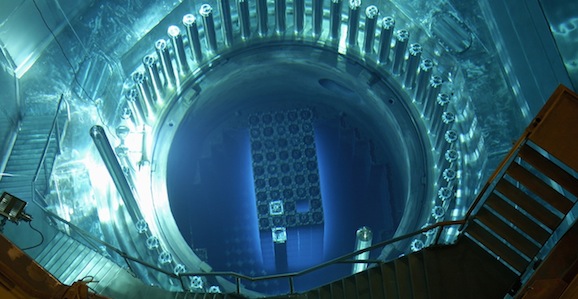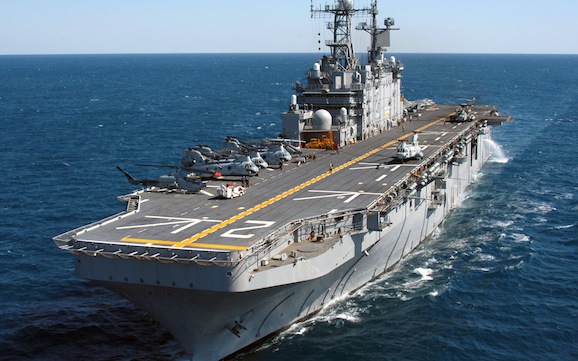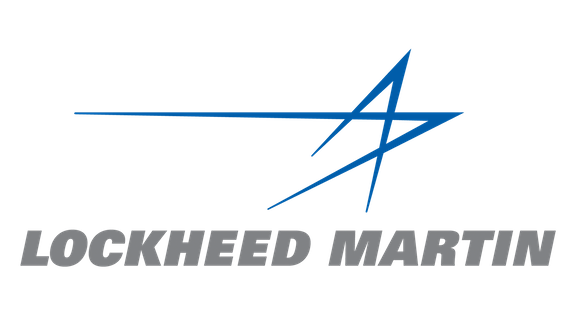Lockheed Martin’s Fusion Energy Breakthrough Could Change Everything
This article is more than 2 years old
 If you’ve always wanted to mount a nuclear reactor on the back of your pick up truck, you may be able to do just that within the decade. At least size wise, we hope that, despite new advancement in nuclear fusion made by Lockheed Martin, that not just any old yay-hoo will be able to get his or her hands on a functioning nuclear reactor. Or a non-functioning one for that matter, most of us shouldn’t have access to things like that.
If you’ve always wanted to mount a nuclear reactor on the back of your pick up truck, you may be able to do just that within the decade. At least size wise, we hope that, despite new advancement in nuclear fusion made by Lockheed Martin, that not just any old yay-hoo will be able to get his or her hands on a functioning nuclear reactor. Or a non-functioning one for that matter, most of us shouldn’t have access to things like that.
The global technology and defense firm announced Wednesday that they have made breakthrough in regards nuclear fusion and power sources that could have a massive impact moving forward. They revealed that the new work could enable a 100-megawatt reactor to, possibly within ten years, be no larger than ten feet by seven feet. According to reports, that is ten times smaller than current tops models.
A small team at a secret Lockheed location known as Skunk Works, which is a fantastic name if you’re working on cutting edge technology, has been working on this for the last four years. They came out with their findings recently in the hopes of locating partners to advance their fusion research and technology, both in the private sector as well as the government. Given the astronomical potential of this, you have to imagine that they’ll be beating back potential suitors with a sturdy stick.
As you can probably imagine, these developments have a ton of practical applications, if it does in fact turn out to be a viable option. Such small nuclear fusion plants would produce significantly less waste than their coal-powered counterparts, and the deuterium-tritium fuel could produce roughly 10 million times the energy. Studies estimate that power demand across the globe will increase 40 to 60 percent in the coming years as countries continue to develop, and conflict over energy seems to loom large on the global horizon. This could potentially lessen that, as well as impact climate change.
Tom McGuire, head of the project, says, “We can make a big difference on the energy front.”
 These reactors could also use a different fuel and completely eradicate all radioactive waste. One other obvious use for such a small reactor could be to power large ships—presumably the U.S. Navy will have a keen interest in this, as they already use nuclear reactors on submarines and aircraft carries, but such a development, especially in regards to efficiency, could lead to an upgrade across the board, and decrease reliance on external fuel sources that can be unreliable.
These reactors could also use a different fuel and completely eradicate all radioactive waste. One other obvious use for such a small reactor could be to power large ships—presumably the U.S. Navy will have a keen interest in this, as they already use nuclear reactors on submarines and aircraft carries, but such a development, especially in regards to efficiency, could lead to an upgrade across the board, and decrease reliance on external fuel sources that can be unreliable.
Lockheed stated that they may be able to design, build, and test a prototype in as little as a year. This truncated timetable is also part of the allure.













